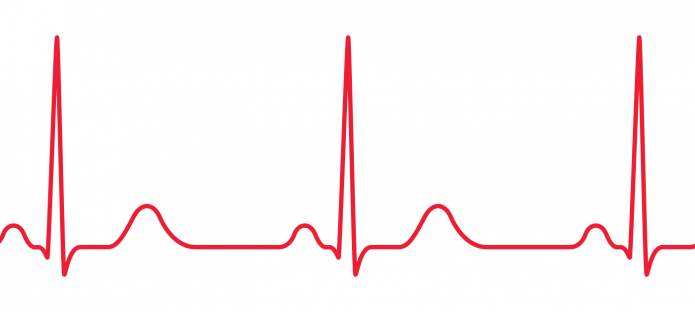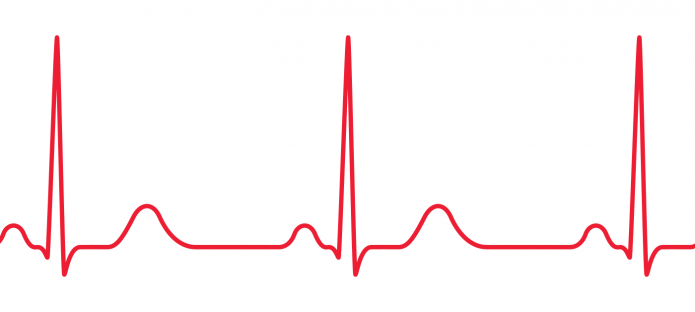Resuscitation Council UK has received queries following inspections by the Care Quality Commission (CQC), regarding the storage and availability of emergency drugs on resuscitation trolleys.
Some CQC Inspectors have issued advice that such trolleys must be locked or secured in some way to prevent public access to the drugs they contain and thus prevent tampering.
While there may be a potential risk of theft of or tampering with unlocked drugs or equipment, such events are believed to be very rare. This small risk must be balanced against the risk of locking resuscitation trolleys, which will cause inevitable and unacceptable delays in treatment, jeopardising patient safety and reducing the chance of survival from cardiac arrest, in which every second of delay is detrimental.
This problem was addressed in detail in 2005 by the Royal Pharmaceutical Society of Great Britain in a revision of the Duthie Report (1988) ‘The Safe and Secure Handling of Medicines’. Section 9 (9.9.2.10) states (bold emphasis added):
‘9.9.2.8 For clinical emergencies, e.g. cardiac arrest, all wards should have a source of urgent medicinal products.
9.9.2.9 These should be held in boxes clearly marked "for emergency use".
9.9.2.10 These boxes should be tamper-evident and should not be held in a locked cupboard, but at strategic and accessible sites.
9.9.2.11 Once a box has been opened, a replacement should be provided by the pharmacy and the opened box returned to the pharmacy.’
Compliance with a recommendation that all emergency drugs are locked away or secured in some way will involve major changes to operational procedures and, in the opinion of Resuscitation Council UK, is detrimental to patient safety and to the quality of care in an emergency.
Having discussed the matter with national experts we feel that the following guidance is a safer and more pragmatic approach which will minimize any potential risk of theft or tampering with emergency drugs and equipment. We would strongly encourage all healthcare provider organisations to ensure that they comply with these recommendations.
-
Resuscitation trolleys should not be locked or kept in locked rooms or cupboards.
-
Resuscitation trolleys should contain all drugs and equipment recommended for immediate access in the event of an emergency such as cardiac arrest. For more information on this, please read our Quality standards for CPR practice and training - Acute care.
-
All resuscitation drugs must be stored in tamper-evident containers.
-
A systematic check of the contents of all resuscitation trolleys must be performed at least daily, with documentation of the findings, of any resulting action needed, and of that action being completed.
-
All healthcare provider organisations should have a robust system to ensure that evidence of theft or tampering is reported immediately, a prompt and appropriate investigation is instigated, and remedial action taken if required.
-
The potential vulnerability of resuscitation trolleys must be recognised by healthcare provider organisations; this should be included in their risk register, and appropriate policies and procedures to manage the risk should be in place.
This guidance will be included in the next update of Resuscitation Council UK’s Quality Standards for Cardiopulmonary Resuscitation Practice and Training.
A review of the Duthie report is being undertaken currently by the Royal Pharmaceutical Society.
This guidance will be reviewed in 2021, or before then in the light of any regulatory changes or other relevant developments.
Read the letter to the Care Quality Commission
Reviewed September 2021

